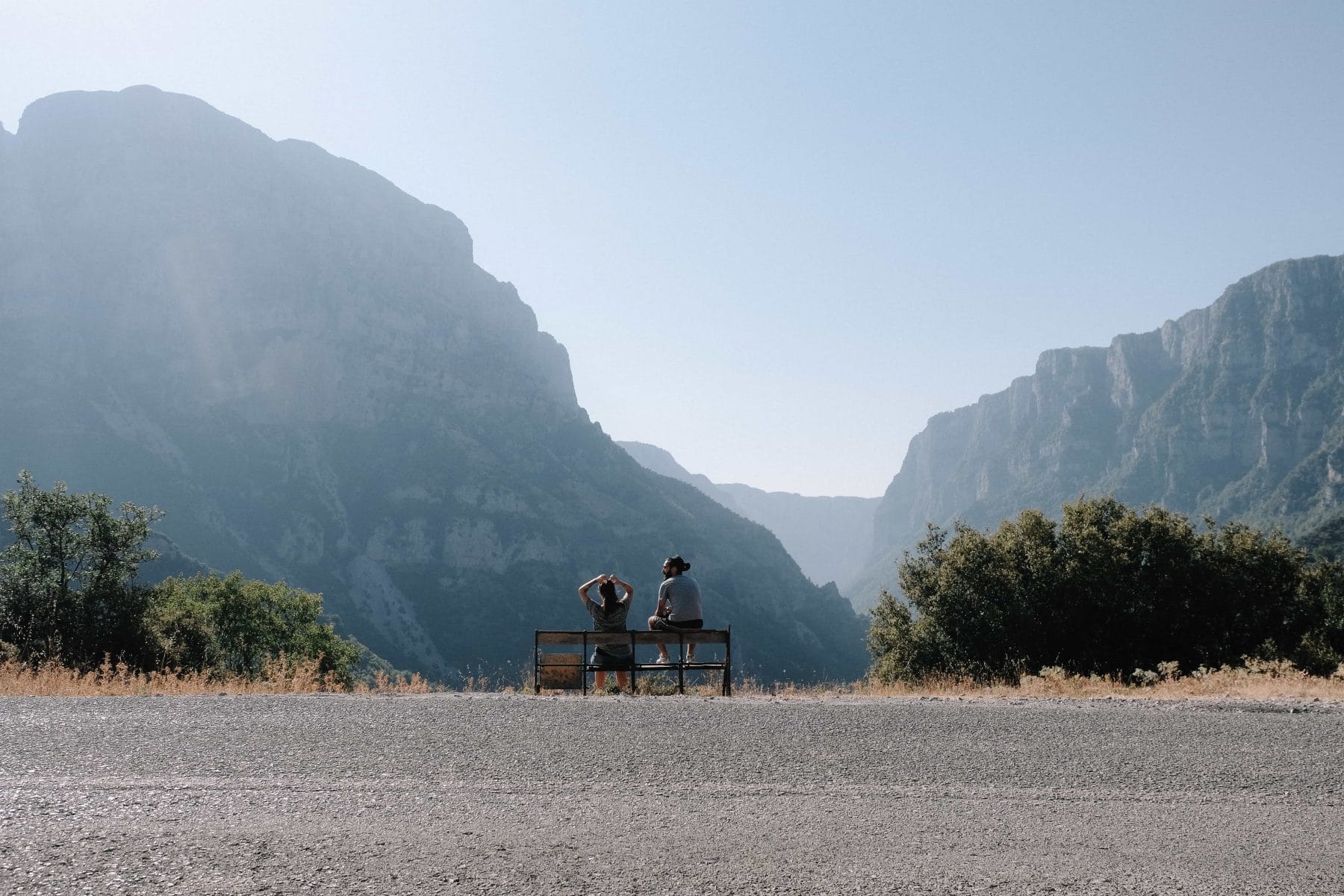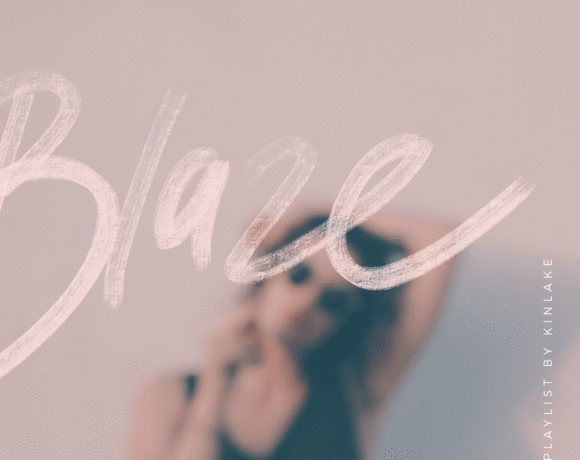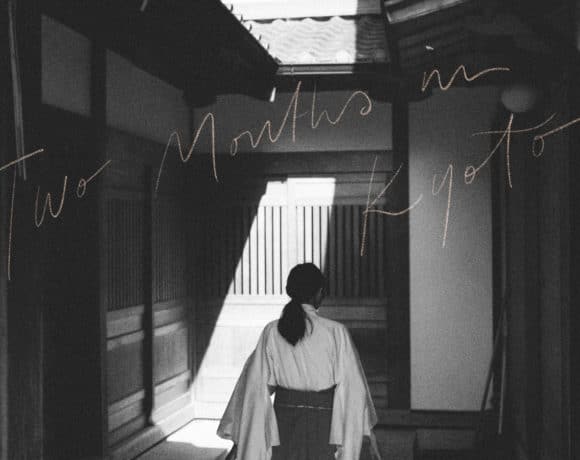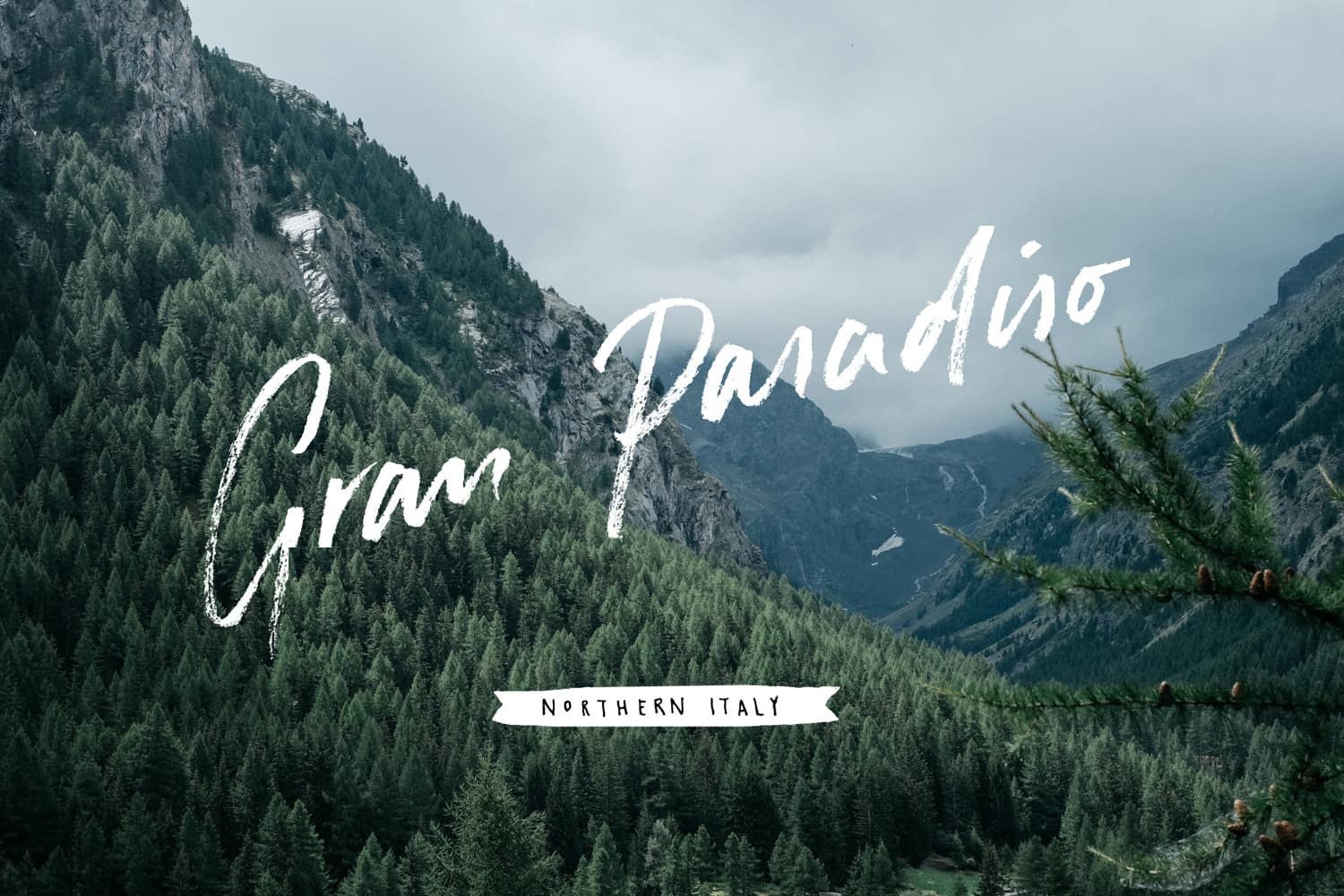
Minimalism, essentialism, de-cluttering and the whole concept of “less is better” is definitely trending these last few years, and we have to admit: we are loving it. It’s a wonderful counter-movement to consumerism, it has to do with being mindful, with respecting the planet, simplifying, taking control and just… finding happiness. I truly believe in that and I’m so happy when I see family, friends and all kinds of people I know getting into it. I’ve previously talked about our journey of essentialism, of how it has affected our lifestyle and how it has allowed us to live the way we’ve always dreamed of. And if you haven’t checked out this post then I suggest you have a look as it covers the “bigger picture”.
However – today, I want to focus on the more physical part of it, which revolves around the stuff we own (or rather, that we do NOT own anymore). More specifically, the act of de-cluttering. Decluttering is a term I first heard thanks to our client Ulla, who’s actually a professional de-clutterer/organizer. Aside from having lots of fun working with her on her branding, she also inspired us a lot and made us realize that reducing material possessions to gain clarity in life is a thing. She’s definitely been a catalyst for us in that sense. So this journey began for us even before we lived a nomadic life, shortly after we met her. Little by little we then started following other minimalists and looking for more inspiration to simplify our lives. The hands-on process was quite slow at the beginning, and very confusing, but with every box of stuff we would get rid of, it would feel like a huge weight was lifted away from us.
The true calling to minimalism, however, happened right when we left our home for long periods of time and started to live nomadically. Oh boy. Having to come up with a way to fit the whole content of our lives into a suitcase was definitely THE challenge and the most important exercise in reducing our belongings. And because we had no choice but to make it work, this is when we really started questioning everything we own – even what had been left “back home”. Because of course, stuff is a weight. It’s always in the back of your mind somewhere. We started asking ourselves questions: Are we truly aware of what we possess? How much of it truly serves us? How much of it is junk that is hidden away somewhere? How much stress would we endure, if we were to finally confront it? And …How much more clarity would we gain if we sort through it?
And then it just hit us. We were living in a tiny house in Kyoto, which was about 30 sqm. Nothing fancy, nothing superfluous, just adorably minimal. It was just the two of us, living there happily with the content of our luggage, a washing machine and a little kitchen which had the bare essentials. Life was easy and so carefree because everything was so dead simple. Nothing was weighing us down. We felt so… free. That was it. That was exactly how we wanted to feel for the rest of our lives.
So we decided to change our lives, clean slate. We sold our appartment, with the idea to move into a smaller space where our heart belongs and where we’d leave our essentials. While of course, keeping in mind that we want to keep travelling most of the year. This was a move we wanted to proceed with fully, and we allowed it to become a true opportunity to cleanse from all material possessions. No containers and no large moving trucks in sight – we wanted our belongings to fit into a tiny van: the cute Fiat Doblo that you see in this post and that we nicknamed “Watermelon”. This was an incredibly eye-opening process for us, and today I want to de-bunk it for you so that you can maybe use it for your own inspiration!
Minimalism means different things to different people, and everyone has their own different journey. Sometimes it’s subtle, sometimes it’s more radical. Sometimes it takes years, sometimes it happens overnight like a revelation. The pull to live with fewer possessions is the following: Stuff is weight. If we can live with less, then we will have more time for what really matters. And vice versa. Before I begin describing our decluttering process, let me share this lovely quote by Marie Kondo.
The best way to find out what we really need is to get rid of what we don’t
→ FIRST THINGS FIRST: REDUCING USELESS CLUTTER
We all have useless crap hidden away somewhere. So when beginning a de-cluttering process, it’s a great idea to start with those …vulnerable places. For some people, this may be an attic or a storage room. Others have half of their garage occupied with things. Good luck with that. The more advanced folks (or those with a modest living space) have to deal with smaller spaces which are still quite annoying: a spare drawer, or two, or three… A cupboard, or more… Maybe even the back of their car. Stuff just always ends up creeping around these places. Ask yourself: where is it that you tend to stash “that” stuff that you don’t know what to do with? You know, from stuff you don’t use anymore, trinkets, memorabilia, to bits and bobs?
I will shamelessly admit that I know what I’m talking about here, because we had plenty of those “stuff stashing” spots all over our appartment, as well at our parent’s houses. Those were the areas we tackled first when sorting through out stuff, and I would recommend that as a starting point to anyone. It’s a little bit harsh, but it will bring you in direct contact with those belongings which you specifically “put away” to ignore, so it will raise your awareness around how much stuff you really own. We took this as a challenge and it was the beginning of a big learning process. It doesn’t really matter how much you will get rid of at this point, but the most important is to get face to face with it. The rest will follow in your mind.
A tip: If you’ve gone through such a cleanup and you actually want to kick that habit of “stashing stuff” forever (so you don’t have to think of it again), it’s worth thinking about how you can eliminate the opportunities (aka, stashing places). David and I have come to realize that too much storage space is actually a trap: the more room you have for storing stuff, the more stuff you will be inclined to bring into your space, that’s it. These days, a drawer for keeping “random stuff” is what we call a “shit drawer”. By eliminating those, we’ve eliminated the accumulation of useless things. Every future drawer we will use will have a function, and so will every object that will be put into it. The rest will be exposed out in the open, because the more we can truly be aware of what we have, the less we will surround ourselves with. This is an easy yet disciplined way to begin with minimalism.
→ CLOSET DETOX
If you’re too freaked out about the idea of de-cluttering your attic, then another option is to start with your closet. THAT is a big deal, even if you’re not some die-hard fashionista. I can guarantee you will be able to get rid of at least a box of stuff in it and that so exhausting/blissful enough that you’ll want to call it a day.
Thinking back about our closet detox, I guess we got rid of about a dozen Ikea bags worth of clothes, shoes and accessories. The big ones. I kid you not! This also took quite some time and happened in different phases, through our own closet. Not to mention the some of the old junk we had left at our parent’s houses.
First, we got rid of all the stuff we haven’t worn in years and that we definitely will never wear again. Then, we got rid of all the stuff we had kept in the hope of wearing “someday”, but haven’t worn in a year. Because: if you haven’t worn something in the last year, then the truth is you never will. The largest part of this closet detox, however, happened when we started travelling and had to create a very minimal but very versatile set of clothes to fit in our luggage. Some kind of “capsule wardrobe”. That was the most useful exercise we’ve ever gone through, and because we’re now travelling constantly, this keeps improving. All the clothes we currently own can fit into a single moving box and can be reduced to a carry on luggage for when we’re in travel mode – which is cool because that means we won’t need a huge dressing room in our house, neither will we need an hour to get dressed every morning. That’s all behind us. Hello simplicity.
I will definitely be writing a separate, more detailed post about our minimalist wardrobe soon, so stay tuned!
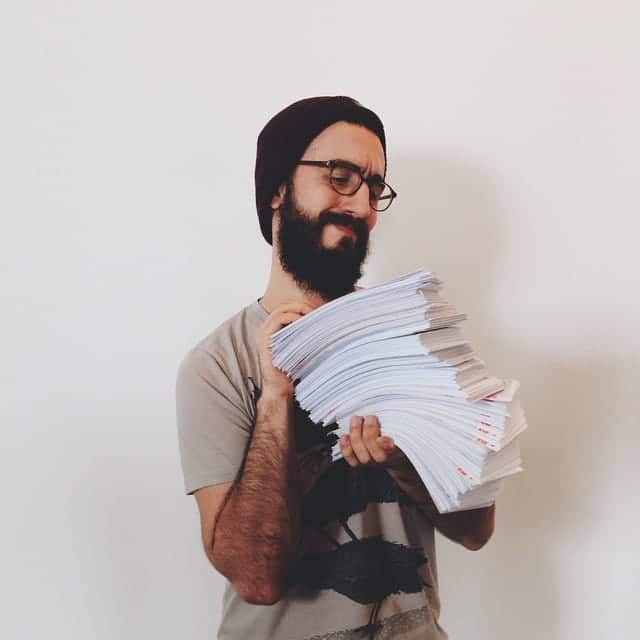
→ BYE BYE PAPER CLUTTER
…This adorkable photo right here? That’s David, about to throw away 16 YEARS worth of bank statements. Oh yeah. That was the start of minimizing the amount of paper clutter in our lives. Keep in mind though, this photo was taken about two years ago, so it was a long process.
Fear not. The best place to get started is those bank statements that you just don’t need. That’s an easy & very liberating activity on its own. But what do you do with the stuff that you do need? Or might need? Well, simply embrace the power of Dropbox, or online storage solutions. Start scanning these things, upload them online and then toss them in the bin once you’re done. Ah, it’s like a breath of fresh air!
Of course, keep in mind that this is not an excuse to not be organized. The attempt to de-clutter your physical space doesn’t mean you have to create a whole lot of digital clutter either, so do stay mindful and have a good method to access whatever you may need. Once you’ve scanned your important documents for whatever admin your life is made of (bills, statements, letters), why not go a little further and digitize some more sentimental bits of paper too? Any past greeting cards, drawings or love notes that do have sentimental value to us have been turned into digital files that we can access. This is also a huge contribution to how we can run our creative studio while living nomadically – because it simply does not make sense to carry a heavy portfolio full of drawings around the globe, neither would it be cool “not” to access our paperwork because it is stashed in a dark cupboard miles away. Try it out. Whether you’re nomadic or not, just reducing the amount of paper in your life is a must!
→ OPTIMIZING THE KITCHEN, WORKSPACE & EVERYTHING ELSE
At some point it feels easy to get rid of the useless stuff, the extra clothes or the loose papers in our lives. But then the tough part begins when we have to face the belongings that have to do with our hobbies. It’s not so easy to figure out what is clutter and what “may” be useful someday. But thankfully, many of us are somewhat aware that we have this weakness. People who love to bake often have too many baking pans. People who are outdoorsy tend to pile up on the gear and gadgets. It’s a thing. But do we really need all that, or are these things actually making our lives more difficult, or even distracting us from the essence of our hobbies?
As some of you might know, aside from being the other half of Kinlake, David is a musician. Funnily enough, he was the least productive and the least inspired in his musical journey right around the time when his living room had been piled with instruments and accessories. Coincidence? I think not. I went through the same. The least amount of creative experimenting in my life happened when I owned all the art supplies one could ask for. Too much gear kills the vibes. That is the power of clutter.
Once again, the radical move happened with our nomadic lifestyle. That showed us how little we needed to be happy & perform our favourite things. Our design studio: two laptops. My drawing endeavours: a small sketchbook + a set of drawing pens + a portable scanner. David’s music: a travel guitar + an iPad + a small keyboard. Yoga: portable yoga mat. Hiking: urban raincoat + shoes that can be worn in the city as well as in the mountains.
The key take-away was: only keep stuff that you absolutely need to perform your life, and that serves more than a purpose. Now that we are moving into a tiny home, we used this philosophy to further reduce certain areas such as our kitchen, paying attention to things that are simply not necessary. For us, a few those things were: wine & beer glasses (easily replaceable with regular drinking glasses), toaster (we toast bread in the oven or pan fry it, it’s yummy), cake pans (can easily do something cool with a normal baking dish) and appliances such a steamer or frier (we would only use those like x1 a year). If we ever need something for a special occasion, we can also borrow or rent it. So many things were de-cluttered in this way from our kitchen, as well as our workspace.
The book “Zero Waste Home” by Bea Johnson has an interesting chapter around this topic and it really inspired us.
→ TRIMMING THE BOOKSHELF
I could add the bookshelf to the previous section I mentioned, because books have always been a huge love of mine and a huge hobby. And let’s make things clear: I do have a Kindle for when I’m travelling, but the feeling of going through a book will never be replaced by a machine, EVER.
I love beautiful, inspiring books and they are very personal to my environment. Well-designed cookbooks, collections of independent magazines, design & art publications, life-changing reads, you name it – I love that shit and I could live in a bookstore like the one mentioned in this post. Honestly, books are the reason why I don’t want to become a die-hard nomad minimalist without a home. There. I said it all.
De-cluttering our bookshelves was a tough one for us, but we made a compromise so we could fit those in a single moving box. We asked ourselves: Which books haven’t we touched in years? Which books do not reflect who we are anymore? Which do not inspire? In other words: what doesn’t serve us anymore?
Through that reasoning, it was easy to focus on the essentials, and get rid of quite a lot of them! I do not regret it at all, and it actually makes me feel way more aware & connected to the books we did end up keeping. Besides, it will feel so light and breezy to see those few that really matter, being displayed on just a couple of simple shelves.
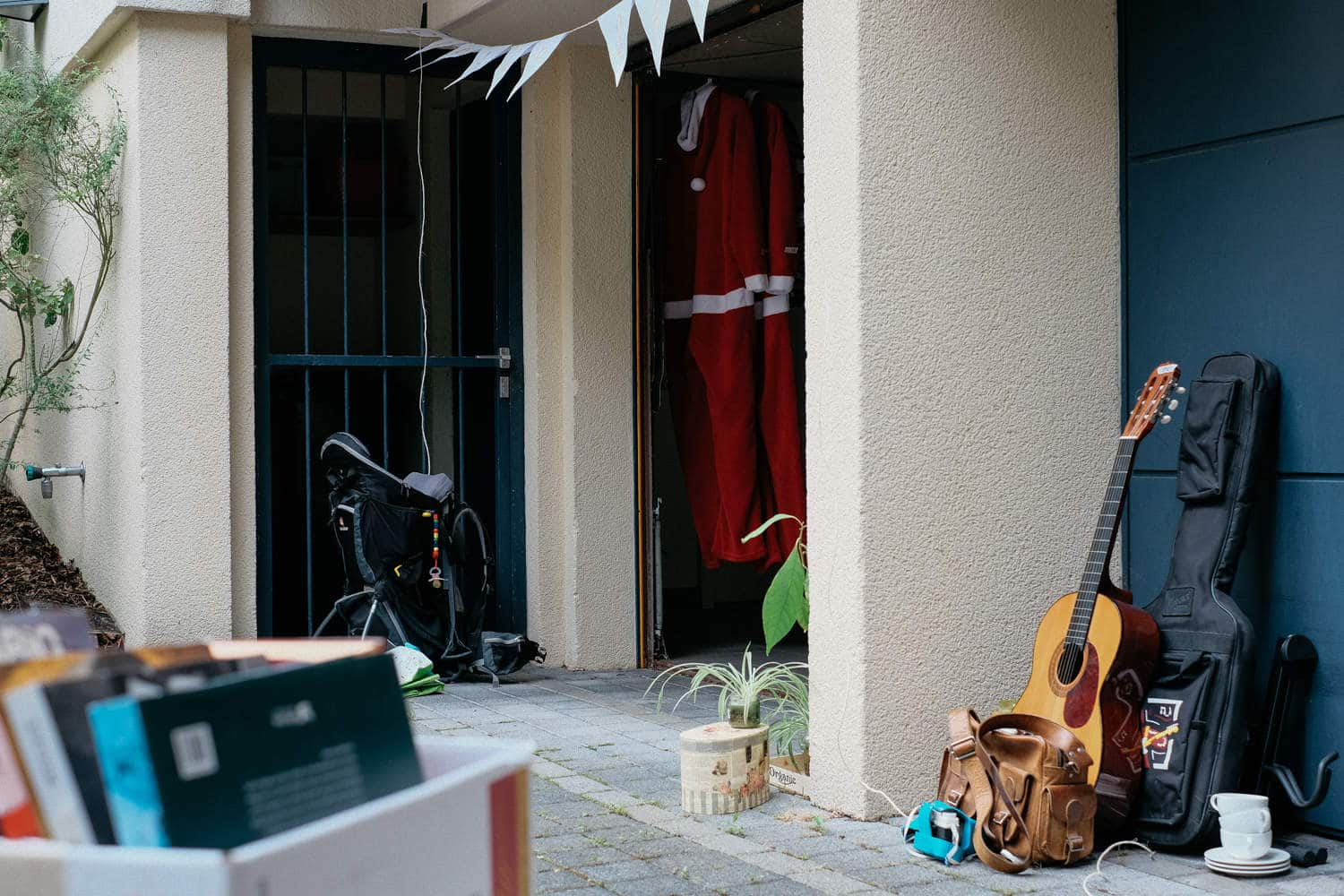
But… HOW did you get rid of all that stuff?
I just want to take a moment here to say that getting rid of things doesn’t necessarily mean throwing it all straight into a landfill. Not only is this extremely harmful for the environment, but it is wasteful too. A de-cluttering process done properly requires mindfulness and making the right decisions as to how you will let stuff go. Here’s how we proceeded with our stuff:
- All of our clothes were donated to charity. Second hand shops can also be an option of course.
- Books, gadgets, appliances & instruments were sold at our garage sale. It was such a huge success, we even had to make two of them! Many of these things were also sold through private online groups (that was a bit more time-consuming though). In both cases, it’s a great idea to take photos and spread the word on social media. If you have things to get rid of, put the word out there and reactions will follow. Finally, some use for a private facebook account 😉
- Whatever hadn’t been sold privately was directly given to second hand shops. These take a hefty commission, so they are not the best option if you expect to make some money, but definitely a good choice if you want to get de-clutter in one go.
- Any remaining small items, books and accessories were either donated or recycled.
That’s it! It took us several weeks just to sort through these last things, but having managed to fit our entire lives into the back of a tiny van is such a huge satisfaction. This means that we own so little, that we can in fact live simply in a minimal space. I can already feel the clarity and the simplicity of this lifestyle choice. It had already felt like that when we were travelling and living out of a suitcase (simple living at its best), but now that state of mind feels REAL and permanent. We do not have any storage space with our “extra stuff” hidden away somewhere. This is it, all the stuff we own is here with us. The only extra thing we’ll need in our home is the furniture, which will also be very minimal. No physical clutter = no mental clutter. Bring it on!
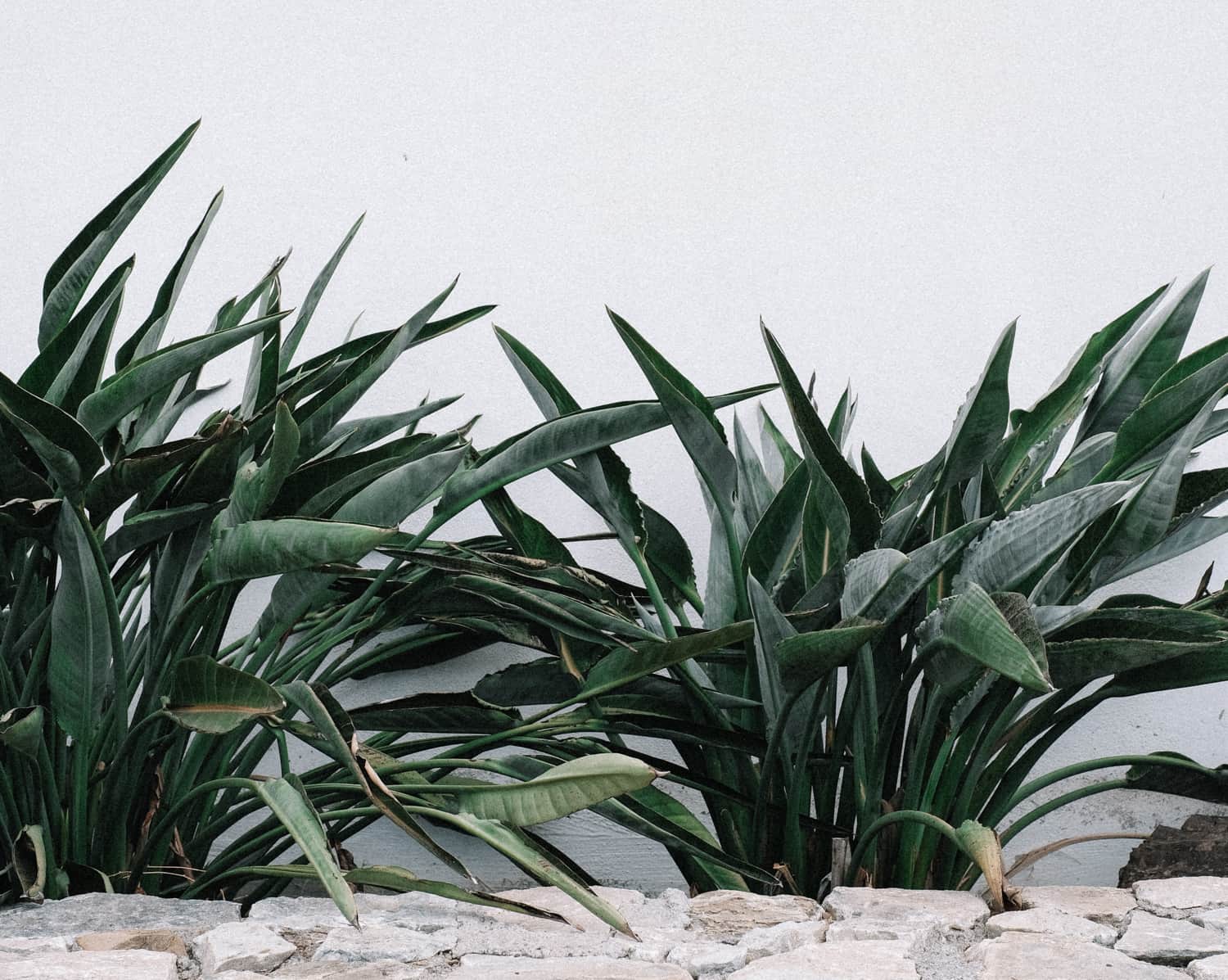
I would recommend such a process to anyone who wants to gain clarity in their lives, and I hope that if you’ve been reading through this post (thank you so much by the way), that you feel inspired to get started with your own de-cluttering process. Of course, as minimalism is meant to be a permanent way of thinking, David and I have some no-clutter rules for the future, which we hope you will find useful too:
MINIMALIST RESOLUTIONS
→ If something needs to come in, something else needs to go. Also, no duplicating or collecting things (I don’t think anyone needs to own x10 tea towels).
→ Whatever we keep has to either serve multiple purposes, simplify our lives or be truly inspiring.
→ At least 80% of what we own has to be visible, to avoid the storage clutter trap. Replace drawers & cupboards with open shelves as much as possible.
Now I want to hear what you guys think. What are your thoughts around minimalism? What is your experience with de-cluttering? What do you struggle with?
I hope you found this post useful or inspiring! This whole concept (and minimalism in general) has become a huge part of our lives so we will definitely be coming up with more posts around this topic, including the reduction of “mental clutter” and key aspects to simple living. If you have any questions, please let me know, I would love to answer them for you and share our experience with you!

